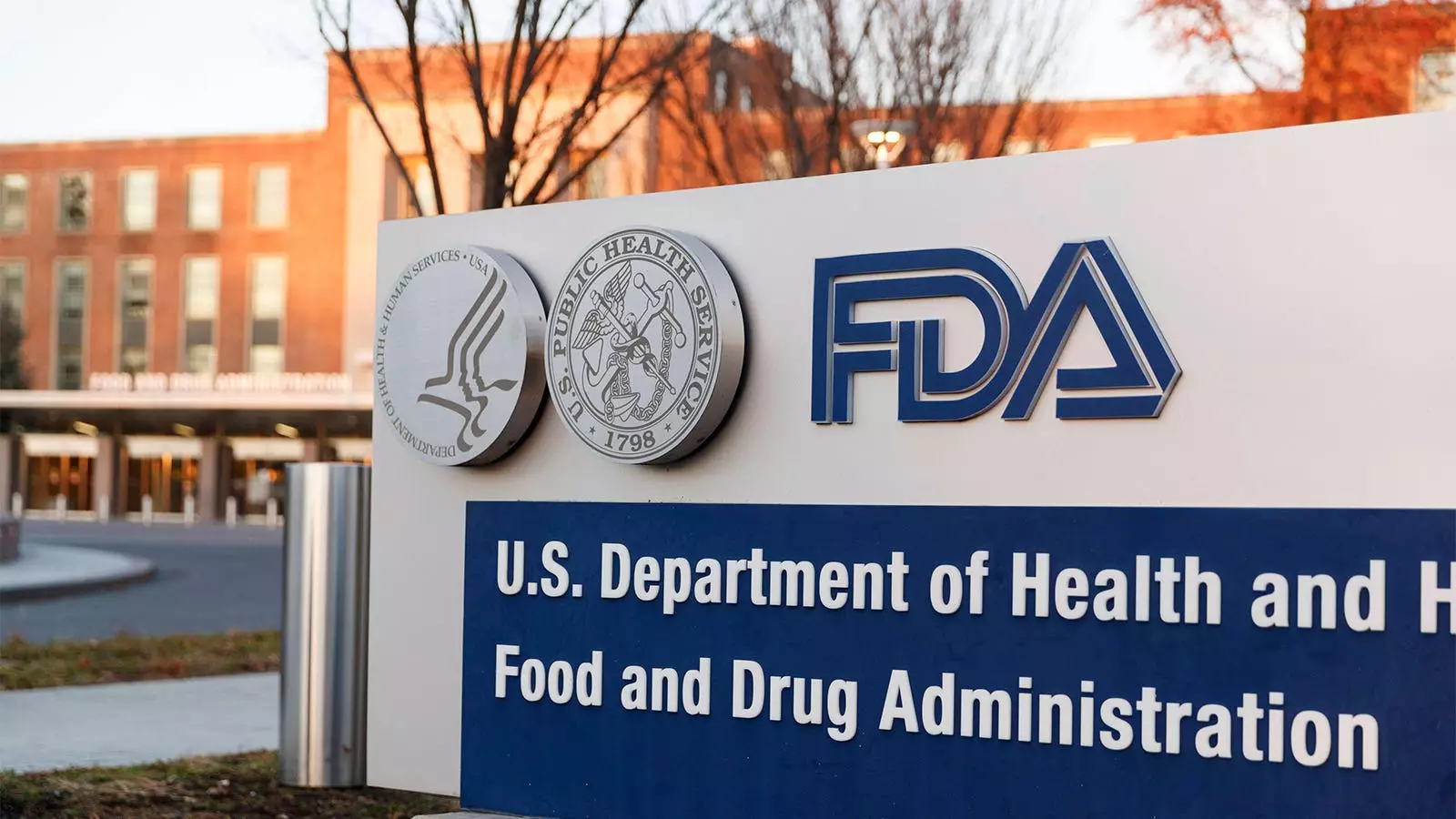The recent report from the Health and Human Services (HHS) Office of Inspector General (OIG) shines a spotlight on the urgent need for the FDA to fortify its accelerated approval pathway. Designed to expedite the development and review of crucial therapeutics for severe and life-threatening illnesses, this mechanism has faced scrutiny, especially following the controversial approval of the Alzheimer’s disease treatment, aducanumab (marketed as Aduhelm). This incident, along with others, has prompted calls for the FDA to implement stricter guidelines and oversight to ensure that this pathway is utilized properly and effectively.
The OIG’s recommendations stem directly from the findings of the approval process for aducanumab, which generated significant discontent among healthcare providers and members of Congress alike. The report underscores not just procedural flaws but also a worrying trend of inadequate documentation regarding the interactions between the FDA and drug companies. To restore public trust, the FDA should take decisive action to clarify the criteria under which its internal accelerated approval council advises on specific drug applications, as well as to ensure comprehensive documentation of all meetings with pharmaceutical stakeholders.
The OIG’s scrutiny was not limited to aducanumab; it included a review of 24 accelerated drug approvals, revealing that three notable cases diverged from standard practices. Alongside aducanumab, synthesize hormone hydroxyprogesterone caproate (HPC; Makena) and eteplirsen (Exondys 51) raised red flags. These cases provide a real-world illustration of the potential pitfalls in the accelerated approval process, highlighting critical lapses in the FDA’s decision-making.
Notably, the FDA recently withdrew HPC’s approval and Biogen ceased selling aducanumab, reinforcing the notion that rushed approvals can lead to significant repercussions for patients and healthcare systems. Indeed, the case of eteplirsen has been particularly alarming; nearly a decade after its approval, there remains a lack of conclusive evidence demonstrating its effectiveness in improving outcomes for patients with Duchenne muscular dystrophy. This situation underscores the inadequacies in the oversight mechanism meant to rigorously assess these therapies, raising questions about whether the accelerated pathway is meeting its intended goals.
The findings from OIG’s review are especially concerning given the financial stakes involved. With the prices of these medications often exceeding $1 million annually, the burden on healthcare systems—and ultimately, taxpayers—becomes untenable when treatments lack demonstrable efficacy. The fact that approximately $3 billion has been exhausted on treatments associated with these three drugs from 2016 to 2022 illustrates the urgent need for reform in the approval process.
Moreover, the OIG report highlighted discrepancies in the decision-making processes of the FDA. For the majority of the drugs reviewed, the FDA maintained a consistent and thorough approach. However, the approvals for aducanumab, HPC, and eteplirsen featured significant internal disputes that compromised the integrity of those evaluations. Not only did these cases deviate from established protocols, but they also involved analyses that fell outside the original frameworks proposed by the drug manufacturers.
In light of the OIG’s findings, it is imperative that the FDA adapts its approach to the accelerated approval pathway. While the FDA has shown willingness to enhance documentation of its interactions with drug companies—acknowledging the importance of transparency—it has rejected the notion of requiring its accelerated approval council to formally review drug applications, citing inefficiency. This stance invites skepticism about the agency’s commitment to refining oversight to foster both innovation and safety.
Given the substantial consequences of expedited drug approvals—both for patients and the healthcare system as a whole—reforms should not only aim at improving procedural rigor but also focus on enhancing accountability. The FDA must be prepared to rectify its oversight mechanisms, ensuring that both patient safety and the effective deployment of taxpayer dollars take precedence.
Ultimately, the accelerated approval pathway should not become a mere conduit for pharmaceutical companies to expedite market entry. Instead, it must serve as a rigorous framework that balances the urgent need for new therapies with the equally critical demand for demonstrable effectiveness and safety.


Leave a Reply